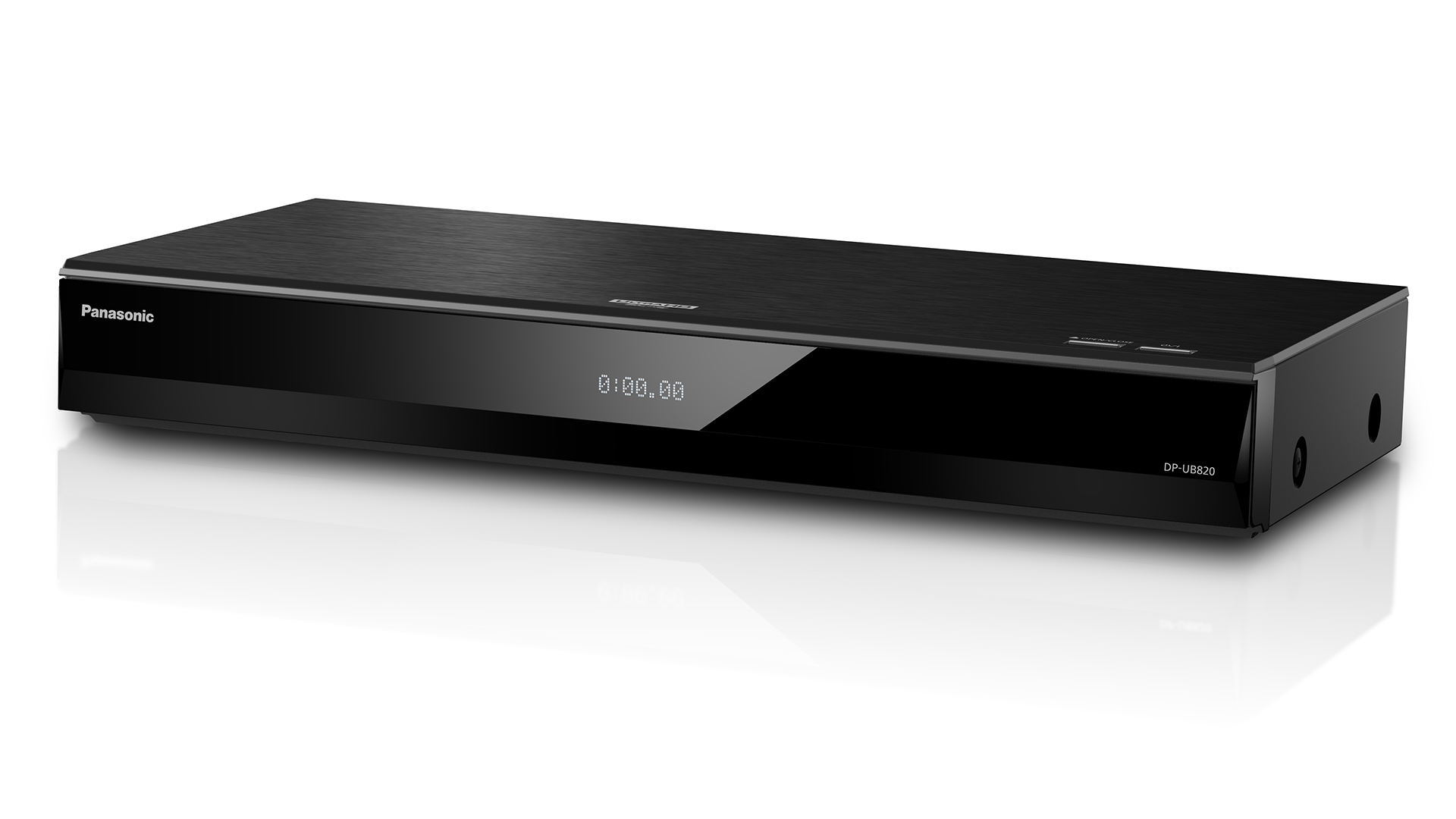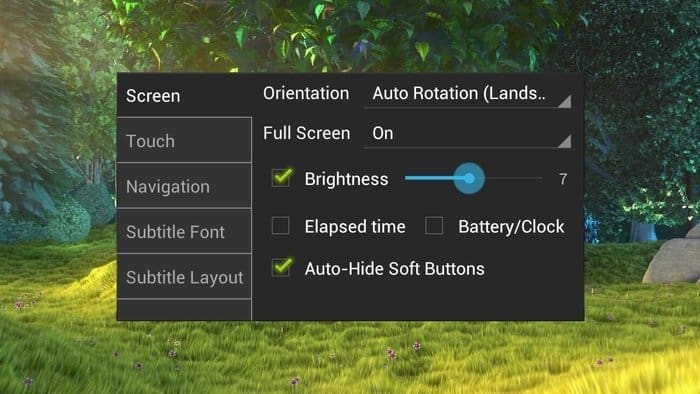

However, at least recent price drops have helped in this regard and, compared to the Oppo players, the UP970 is the best way to get Dolby Vision support without breaking the bank.īEST FOR: The LG UP970 is the cheapest way of getting Dolby Vision Ultra HD Blu-ray support.įeatures: Microsoft surprised many by including an Ultra HD Blu-ray drive in the Xbox One S, immediately making it the cheapest 4K player on the market. In addition there's no display, no analogue outputs and the feature set is limited, making the player feel very budget in operation. Although there are twin HDMI outputs, the build quality is rather flimsy, making it a bit noisy in operation and the user interface appears very dated. This shouldn't come as a surprise as LG have formed a close partnership with Dolby, supporting both Vision and Atmos on their latest OLED TVs, but whilst the UP970 is capable of a flawless performance in terms of disc playback, it's also slightly disappointing. Overall the CXUHD is a very good player in terms of performance but we really can't see any reason why you would buy this player when the Oppo UDP-203 offers more for less.īEST FOR: The Cambridge Audio CXUHD is the ideal choice for those looking for a high quality digital transport.įeatures: The big selling point of the UP970 is the inclusion of Dolby Vision, making it the cheapest available player to support this extension of HDR. In keeping with the Oppo players there is no app support, however the CXUHD also doesn't have any analogue outputs and it's remote is a mess of small buttons that are very hard to see in a darkened home cinema. There are twin HDMI outputs, an HDMI input, superb video processing, the ability to strip HDR metadata and even Dolby Vision support.


It's nicely designed and extremely well made and provides plenty of on-screen disc information. As a result the CXUHD delivered the same flawless playback of 4K discs as the Oppo and can also handle Blu-ray, DVD, DVD-Audio, SACD and CD. However the CXUHD initially had a problem with its video output, which Cambridge Audio were quick to fix after feedback from AVForums. So what are you waiting for – you've got that lovely new 4K HDR TV, don't you think it's time you bought an Ultra HD Blu-ray player to go with it? To help you choose which best suits you, we compare all of the currently available 4K players.Ĭambridge Audio CXUHD Reviewed 28th of November 2017 at £700įeatures: It's no secret that Cambridge Audio's players are made by Oppo and thus share many of the same features. Ultra HD Blu-ray might well end up being the last physical format, as consumers move towards a downloading and streaming future, but it offers a level of picture and sound quality that is quite simply unrivalled. This is a key psychological barrier and can only help drive the format to even greater success. There are players with features to suit everyone's needs and the prices of these players have dropped precipitously, with some now available for less than £200. We have now reviewed every 4K Ultra HD Blu-ray player that has been released to date, with models from Samsung, Panasonic, Sony, LG and Oppo, as well as Microsoft's Xbox One S which includes a UHD Blu-ray drive. 2020), whilst many 4K discs include Dolby Atmos and DTS:X soundtracks. The format also supports 10-bit video and Wide Colour Gamut (Rec. Technically the format is impressive, with UHD Blu-rays including support for High Dynamic Range, specifically HDR10, and some even including Dolby Vision. The image technology from cinemas, now brought together in the home, provide amazing realism that you'll see, hear, and feel like never before.In a short space of time we have seen the release of nearly two hundred Ultra HD Blu-ray discs from every major studio and players from all the main manufacturers.
Best 4k player app tv#
Dolby Vision HDR and HDR10 transforms your TV into an entertainment powerhouse.
Best 4k player app professional#
With Toshiba 4K TV, you can enjoy uncompromisingly crisp, clear visuals for a fully immersive, professional theater quality.
Best 4k player app full#


 0 kommentar(er)
0 kommentar(er)
